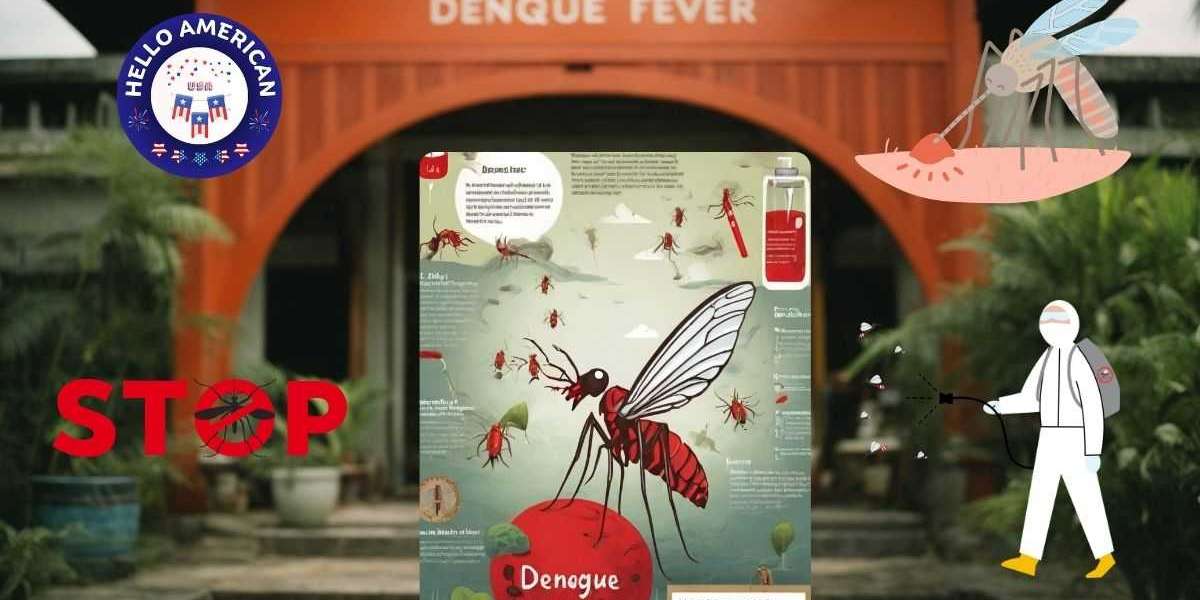In the realm of vector-borne diseases, two notorious culprits have long been in the crosshairs of public health efforts worldwide: dengue and malaria. These debilitating illnesses, transmitted by the bite of infected mosquitoes, pose significant challenges to global health systems and disproportionately affect vulnerable populations in various regions.
Dengue and malaria, both caused by parasites carried by specific mosquito species, share similarities in their modes of transmission but differ significantly in their clinical manifestations and prevalence. Understanding the disparities between these diseases is crucial for devising effective prevention and control strategies tailored to the unique challenges posed by each.
Dengue, often referred to as "breakbone fever," is caused by the dengue virus, primarily transmitted by Aedes mosquitoes. This disease is prevalent in tropical and subtropical regions, placing densely populated areas at a heightened risk. The symptoms of dengue range from mild fever and joint pain to severe dengue hemorrhagic fever, which can be fatal. With no specific antiviral treatment available, the management of dengue relies heavily on supportive care.
On the other hand, malaria, caused by Plasmodium parasites, is transmitted through the bite of Anopheles mosquitoes. Malaria remains a significant public health concern, particularly in sub-Saharan Africa, where the majority of cases and deaths occur. The symptoms of malaria include fever, chills, and anemia, and if left untreated, the disease can lead to severe complications and death. Antimalarial drugs are available for treatment, but drug resistance poses a persistent challenge.
While dengue and malaria may share mosquito vectors, their geographic distribution and the communities they impact reveal marked disparities. Malaria has historically been more prevalent in Africa, where socioeconomic factors, such as poverty and limited access to healthcare, contribute to its persistence. In contrast, dengue tends to thrive in urban settings, with rapid urbanization and inadequate sanitation providing favorable conditions for Aedes mosquitoes to breed.
The socioeconomic burden of dengue and malaria is substantial, affecting not only individuals and families but also straining healthcare systems and hindering economic development. The disparities in disease burden are often exacerbated by environmental factors, climate change, and global travel patterns that contribute to the spread of these diseases.
Addressing the dual challenge of dengue and malaria requires a multifaceted approach. Prevention strategies must include vector control measures, such as mosquito nets, insecticide-treated bed nets, and environmental management to reduce mosquito breeding sites. Public awareness campaigns play a crucial role in promoting community participation and educating individuals about the importance of personal protective measures.
Efforts to combat dengue and malaria also necessitate investment in research and development for new diagnostic tools, treatments, and vaccines. In the case of malaria, the ongoing battle against drug-resistant strains underscores the need for innovative solutions to stay ahead of evolving challenges.
In conclusion, dengue and malaria, though both transmitted by mosquitoes, present distinct challenges that require tailored interventions. Understanding the disparities in their prevalence, clinical manifestations, and affected populations is fundamental to devising effective public health strategies. As the global community confronts the ongoing threat of vector-borne diseases, collaboration, innovation, and a commitment to addressing the root causes of these disparities are essential for building a healthier and more resilient world.



